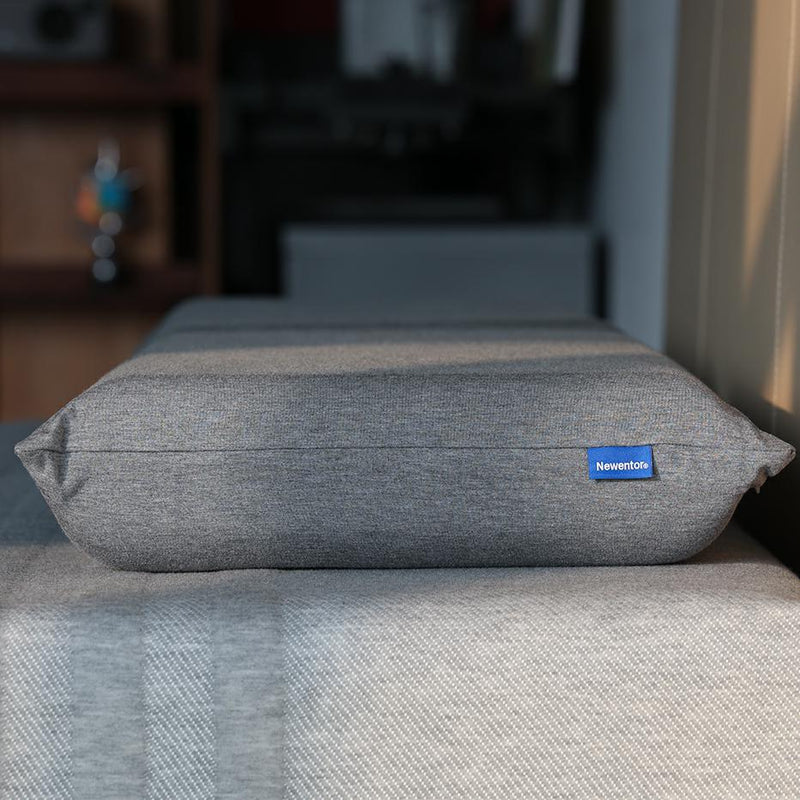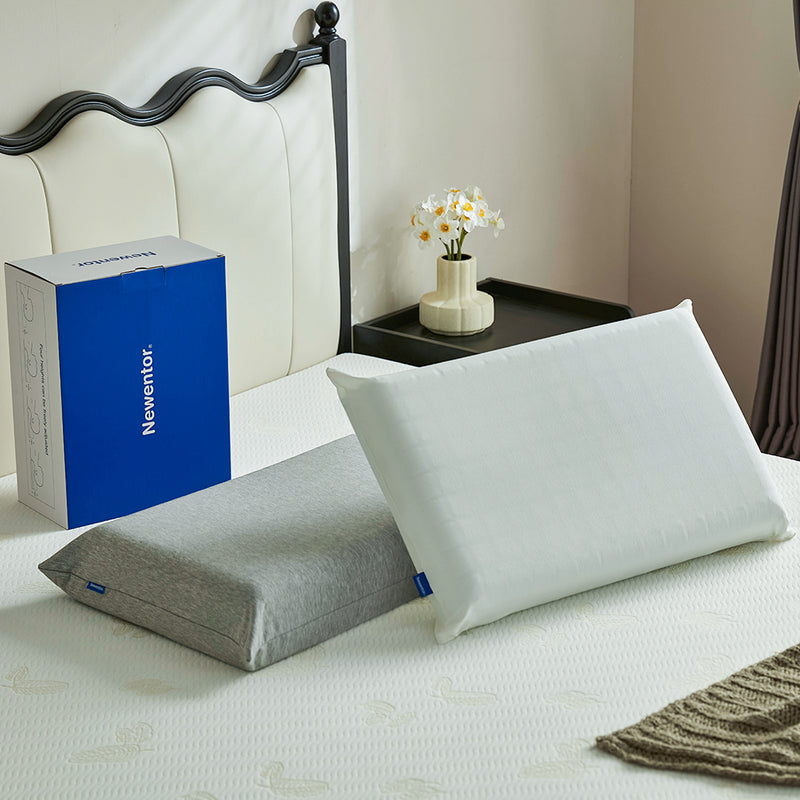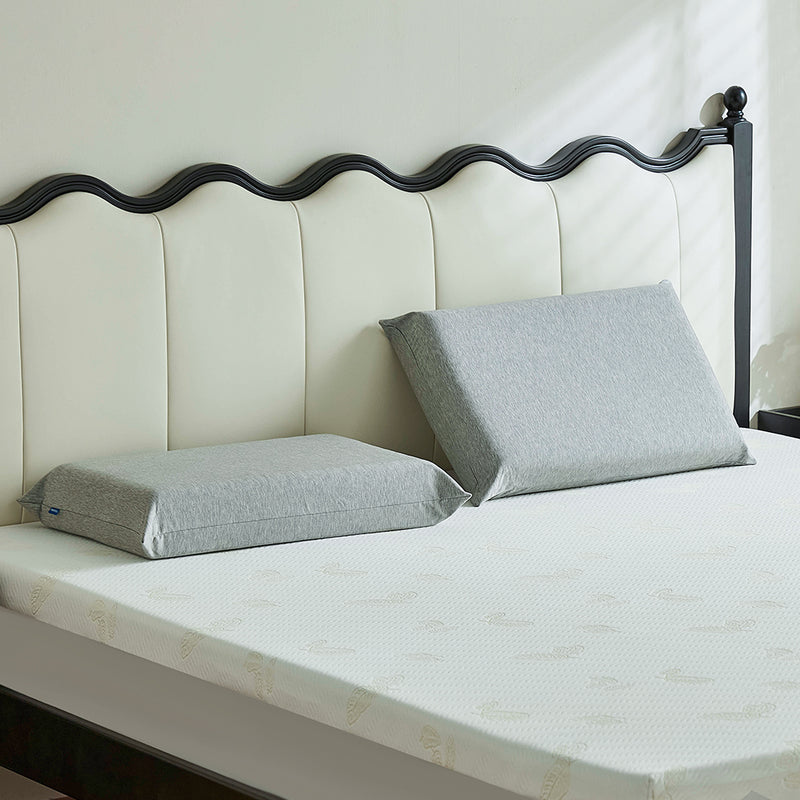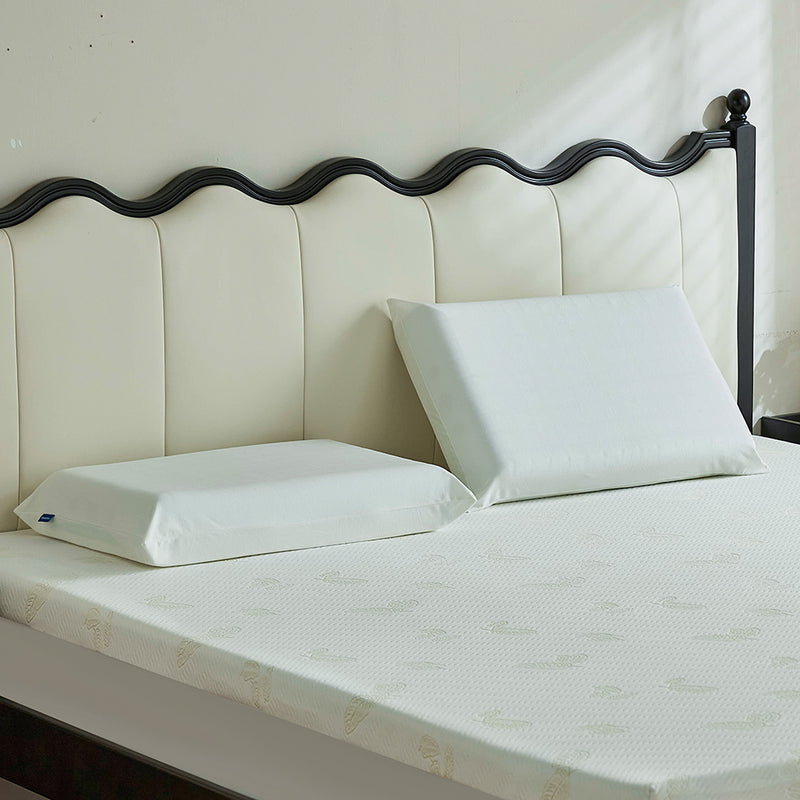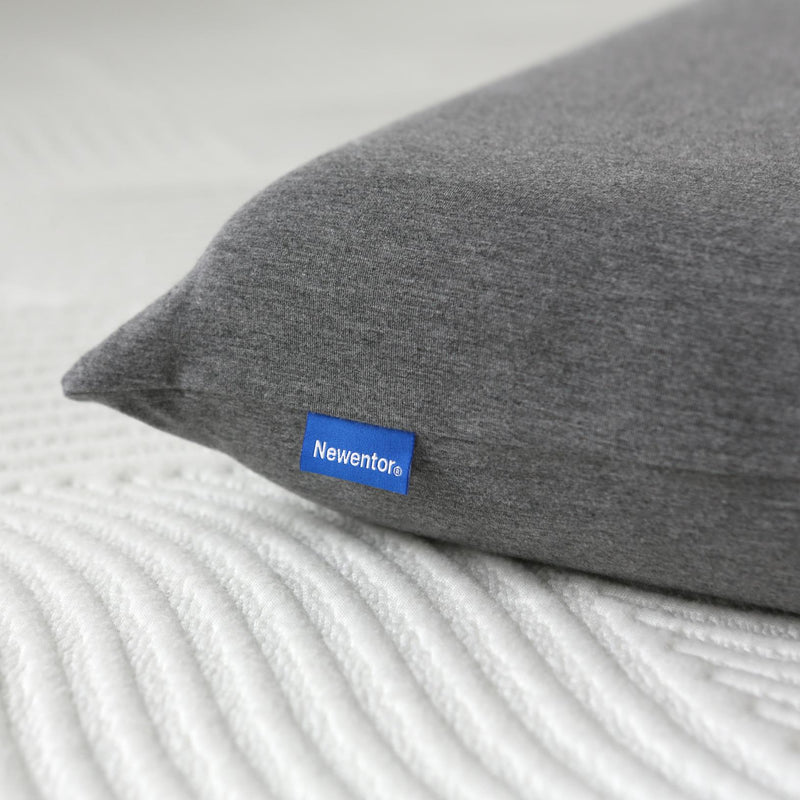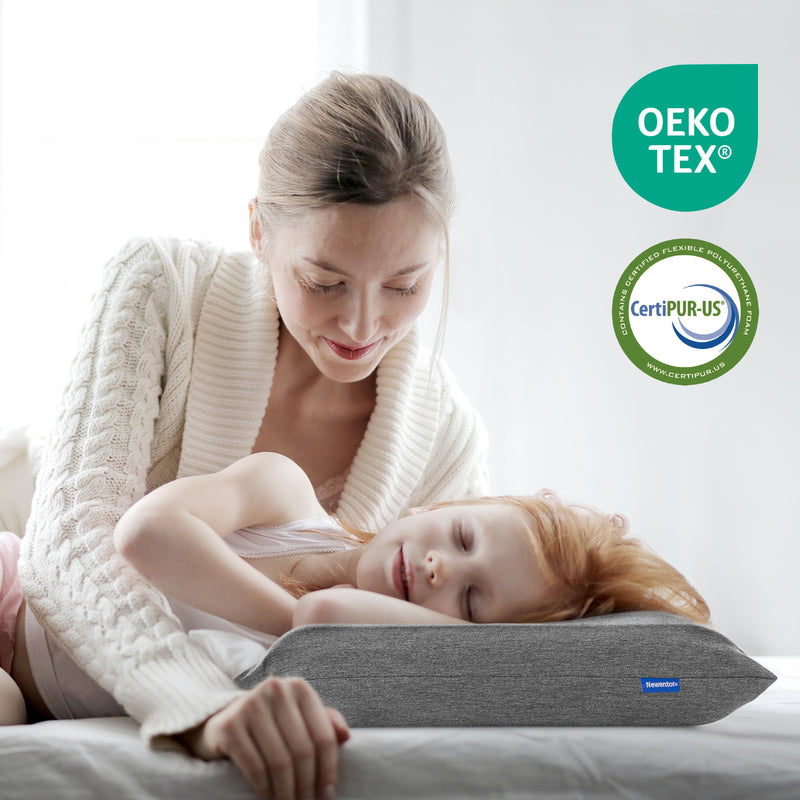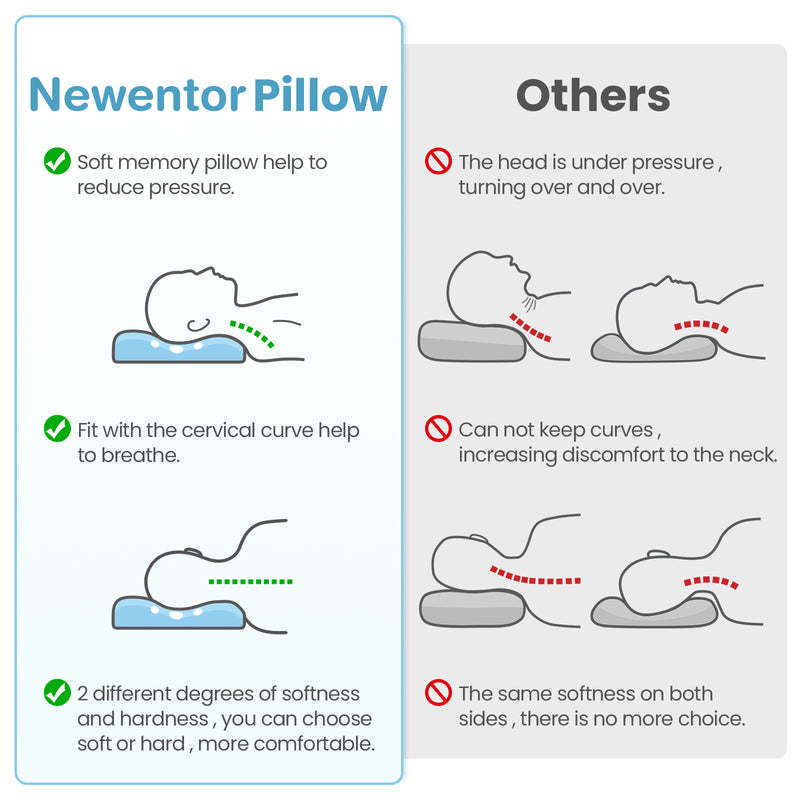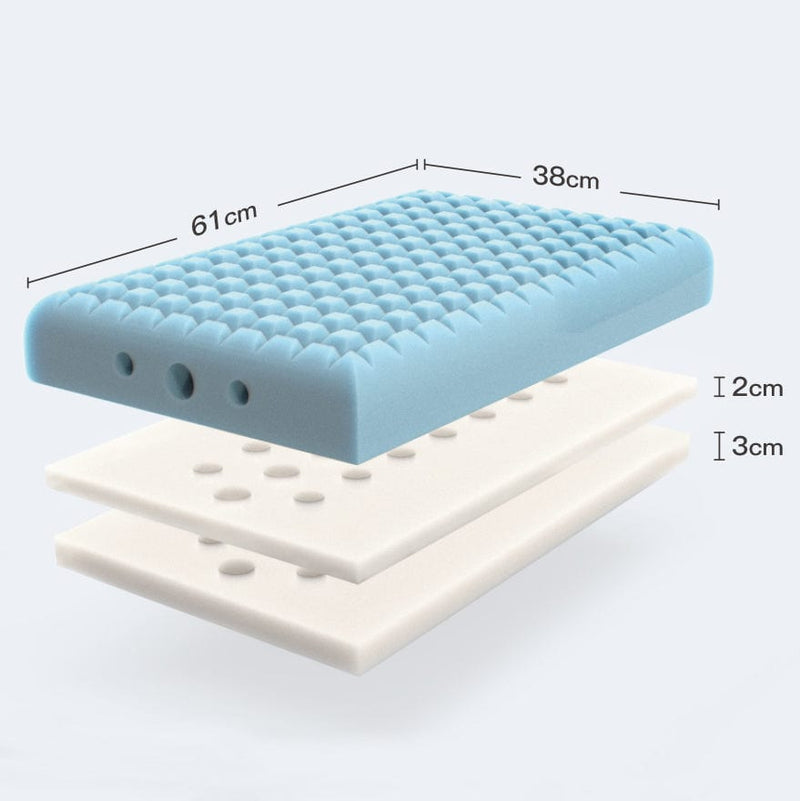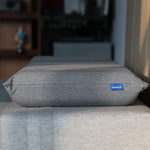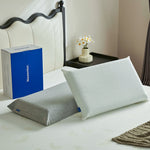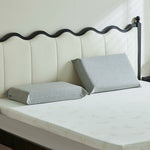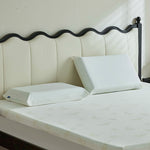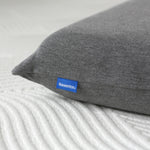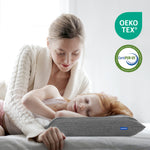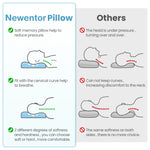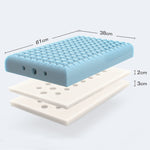The American Academy of Pediatrics (AAP) recommend that pillows and quilts should not be used for babies under two years of age. This is because small children have a high risk of suffocation if they get their face tangled in bedding. Their airways are smaller, and they don't have the strength to push a pillow away if it obstructs their breathing.
The ideal age to introduce a pillow is around 2 years old. At this stage, most toddlers have developed the motor skills and head control to safely use a pillow. However, this is a general guideline, not a strict rule. Every child is different, and you should consider their individual development and sleep habits.
Another reason for this age lies in your child's physical development. Infants are born with a straight cervical spine without the characteristic curvatures that develop later. The cervical curve (neck region) begins to form as babies gain head control and start to sit up, while the lumbar curve (lower back) develops with walking. Since newborns to around 2-year-old have a relatively straight spine, using a pillow can force their neck into an awkward position that may interfere with natural spinal development.























